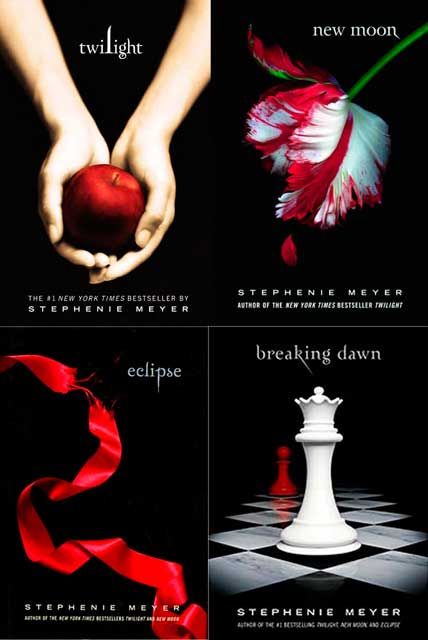I have just recently returned from Brussels where I had the privilege of participating in and presenting at the International Association for the Study of Popular Romance’s annual conference (www.iaspr.org). This year’s conference was a remarkable success. Scholars were brought together from four continents, a dozen countries, and from all levels of academia to theorise the romance. Coinciding with the first day of the conference was the publication of the first issue of the Journal of Popular Romance Studies (www.jprstudies.org).
I had applied to the conference because Pamela Regis, author of A Natural History of the Romance Novel, was a keynote speaker. Her book is perhaps the only book since Frye’s The Secular Scripture: A Study of the Structure of Romance to consider the romance in primarily generic, formal and structural terms. Her lecture, “What Do Critics Owe the Romance?”, as well as An Goris’s response to it, were impressive statements on the state of popular romance scholarship. Likewise, Celestino Deleyto and Lynne Pearce offered additional keynote lectures that helped us to theorise the popular romance on page and on screen.
This kind of conference was something I had not experienced before and functioned very much like a working group. (The schedule of the conference is online: http://iaspr.org/conferences/belgium/schedule/) Together, as a group of individuals presenting our research, we explored how to study, theorise, and incorporate popular romance in an academic setting. The study of Romance, of course, is not new to the academy and many courses are offered on the romance from medieval to nineteenth-century literature. But my colleagues (many of whom I’m very pleased to call my friends) at the IASPR meeting were considering the popular romance novel and film. We were talking not about Pride and Prejudice but about The Flame and the Flower by Kathleen E. Woodiwiss, Stephenie Meyer’s Twilight Saga, Nora Roberts (as well as Nora Roberts writing as J. D. Robb), and Japanese manga. We debated how we might theorise gender, sexuality, race, religion, identity in these novels and films. In other words, we were very much accepting Frye’s recognition that: “popular literature […] is neither better nor worse than elite literature, nor is it really a different kind of literature” (CW 18, 23).
Leaving this conference was not ‘the happily ever after’ ending of romance novels because it was disappointing that it had to end at all; but it was also, simply put, a brilliant conference organised by a group of exceptional scholars. I am home now and have returned to my dissertation with new ideas, new texts, new directions (from old?), and new questions about how we might continue to study popular romance.
If you are interested in studies of popular romance, please consider submitting an abstract for next year’s conference which will take place in New York City. The call for papers has just recently been posted online (http://iaspr.org/conferences/new-york-2011/).

